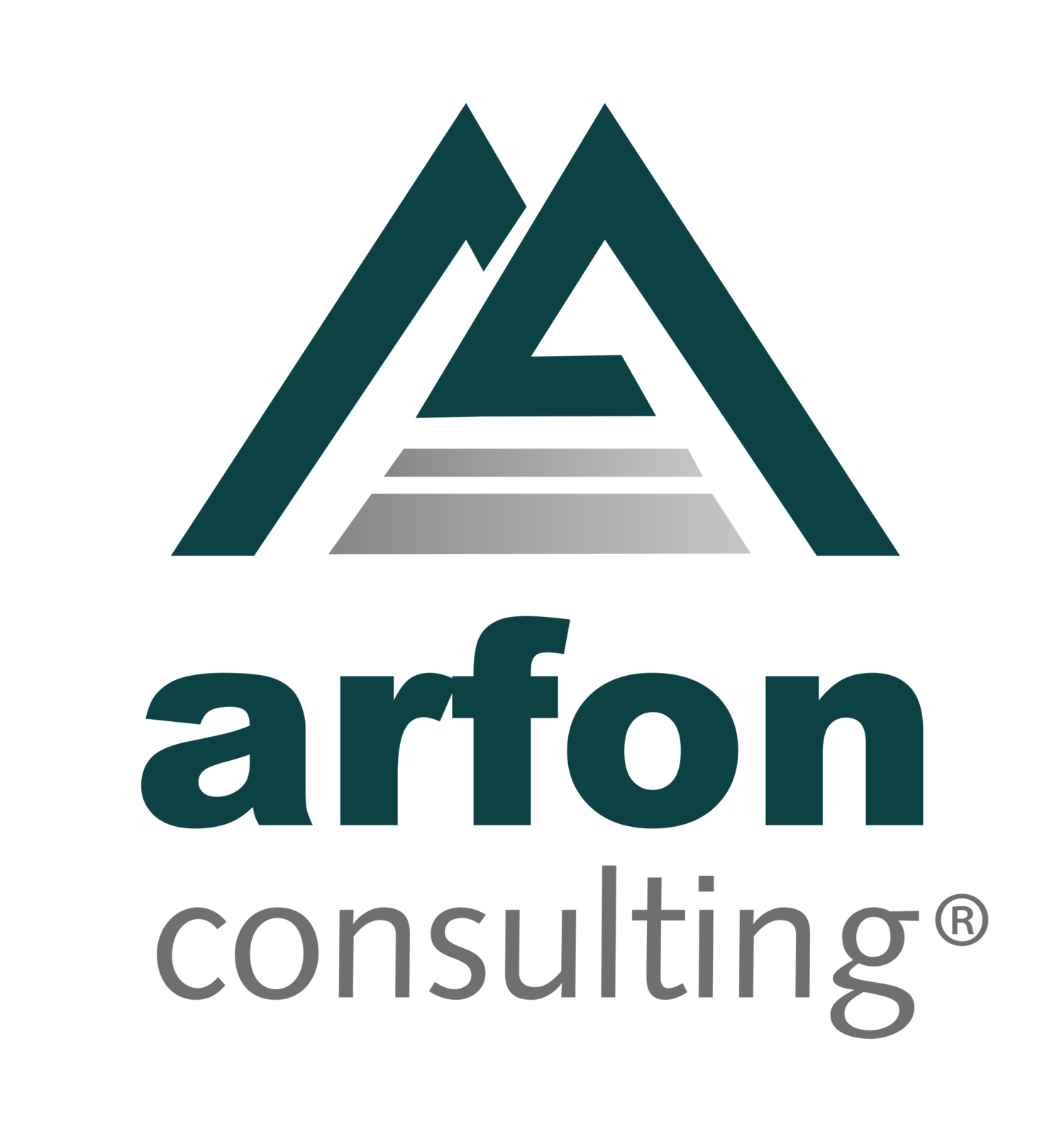Maritime Ports and the GBER
 My bus into Aberdeen this morning took me past Aberdeen harbour which, unusually for any city I can think of, is situated almost directly in the city centre reflecting the Granite City's long association with the maritime industries firstly as a centre for fishing and, since the 1970s, as a centre for the exploration and extraction of North Sea oil and gas from the UK Continental Shelf.As ever, it doesn't take much for my mind to wander gracefully to State Aid and the current legislative programme to amend the General Block Exemption Regulation (No. 651/2014) to include aid for ports and airports within the scope of the GBER as was always originally intended to do so (see the first recital of the Regulation, albeit the target date of December 2015 has clearly been missed).In March 2016, EU Competition Commissioner, Margrethe Vestager, launched a public consultation on proposed amendments to the GBER to facilitate public investment in ports and airports (within clearly defined criteria) without having to seek prior approval from the European Commission. She said:
My bus into Aberdeen this morning took me past Aberdeen harbour which, unusually for any city I can think of, is situated almost directly in the city centre reflecting the Granite City's long association with the maritime industries firstly as a centre for fishing and, since the 1970s, as a centre for the exploration and extraction of North Sea oil and gas from the UK Continental Shelf.As ever, it doesn't take much for my mind to wander gracefully to State Aid and the current legislative programme to amend the General Block Exemption Regulation (No. 651/2014) to include aid for ports and airports within the scope of the GBER as was always originally intended to do so (see the first recital of the Regulation, albeit the target date of December 2015 has clearly been missed).In March 2016, EU Competition Commissioner, Margrethe Vestager, launched a public consultation on proposed amendments to the GBER to facilitate public investment in ports and airports (within clearly defined criteria) without having to seek prior approval from the European Commission. She said:
"Ports and airports are key infrastructure for economic growth and regional development. Our proposals aim at facilitating unproblematic public investments in ports and airports that can create jobs, by exempting them from scrutiny under EU state aid rules. I would like to encourage all public authorities, companies and others that would benefit from this simplification of state aid rules to participate in this consultation."
The proposed new provisions will exempt from prior Commission approval investment in ports (below €100 million) and investment in small regional airports (below 3 million passengers per year). This way, public funding which normally does not pose problems for the internal market can proceed without delay.A particular focus of the new exemptions lies on very small investment in ports (below €5 million for seaports and €2 million for inland ports) and on support to very small airports (under 150,000 passengers per year), for which additional simplifications are proposed.In addition, the Commission wants to make it easier for public authorities to compensate companies for the additional costs they face operating in the EU's outermost peripheral regions. This way public support measures can take better account of the challenges and specificities of these companies operating in remote geographical areas of the Union.BackgroundThe Commission's proposal on ports and airports follows 33 state aid decisions on ports and 54 on airports in recent years, leading to the Commission having built up sufficient expertise and experience to consider codifying its requirements. This expansion has partly been brought about by an increasing amount of State Aid activity in this space. For example:
- Port operators are beginning to complain about alleged State Aid in other ports by competitors (e.g. ABP [unsuccesfully] complaining about alleged State Aid for Liverpool Cruise Terminal https://goo.gl/d1cqq5);
- Ships are getting bigger (particularly container vessels and cruise liners), hence requiring new and bigger facilities;
- Some of the facilities in the EU’s 1,200 commercial seaports simply need upgrading (e.g. breakwaters in Great Yarmouth https://goo.gl/HcZUtX); and,
- The increased policy ‘visibility’ of ports and airports: For example, the Commission’s White Paper entitled ‘Roadmap to a Single European Transport Area – Towards a Competitive and Resource Efficient Transport System’ and its Communication entitled ‘Ports: An Engine for Growth’.
The new proposed exemption criteria
The proposed measure has not yet been finalised, and hence the Commission has placed square brackets around many of the numbers in the proposal. Many of the numbers set out in the following analysis therefore have square brackets around them, as inserted by the Commission.The new measure would be a Commission Regulation, and would amend Regulation 651/2014 (ie the GBER) by declaring certain categories of aid to be compatible with the internal market in application of Articles 107 and 108 of TFEU. The proposed regime would apply to both maritime/coastal ports, as well as to inland ports, but is at the same time, clear that State Aid can only be granted for transport-related investments and must not go beyond what is necessary to make the investment happen, taking into account future revenues from the investment (seventh recital). Importantly, however, the Commission is, however, open to more aid being provided to ports that are part of the core TEN-T transport corridors.The new regime for ports would involve a new Article 56b and 56c in the GBER, as well as corresponding definitions in Article 2 (at point 152 ff44), as well as notification thresholds in Article 4(1)(ee) and (ff). Article 2 of the GBER would be amended by the insertion of a number of definitions at points 152–159. Definitions
- Point 155: “Port infrastructure” means infrastructure and facilities that generate a direct income for the port managing body including berths used for the mooring of ships, quay walls, jetties and floating pontoon ramps in tidal areas, internal basins, backfills and land reclamation, and transport facilities within the port area.
- Point 156: “Port superstructure” means surface arrangements, buildings as well as mobile equipment (e.g. cranes) [NB reference to cranes deleted by EP at 1st reading in plenary on 8th March 2016] and fixed equipment that directly relate to the transport function of the port.
- Point 157: “Access infrastructure” means any type of infrastructure necessary to ensure the access and entry from land or sea and river by users to the maritime or inland port, in particular, access roads, access rail tracks, breakwaters, access channels, and locks.
- Point 158 “dredging” as meaning ‘the removal of sand, sediment or other substances from the bottom of the waterway access to a port in order to allow waterborne vessels to have access to the port’. This means that the definition is relatively wide and would cover situations where dredging was necessary for reasons other than the operation of the port (eg following construction work in, or near, a port (eg the construction of quay walls or a tunnel))
- Point 159 “maintenance dredging” more narrowly defined as meaning ‘dredging routinely done in order to keep the waterway accessible,
Eligible CostsThe proposed Article 56b(2) provides that the ‘eligible costs’ are the “costs, including planning costs, of investments: (a) for the construction or upgrade of maritime port infrastructures and superstructures, with the exception of mobile equipment; and (b) for the construction or upgrade of access infrastructure, including dredging and excluding maintenance dredging, dedicated to commercially exploited maritime port infrastructure”. Investment costs relating to non-transport related activities, including industrial production facilities active in the perimeter of the port, offices or shops, are ineligible. It would not include mobile cranes but it would include fixed cranes.Aid IntensityArticle 56b(4) provides that the ‘maximum aid intensity for the investments’ must not exceed the following [proposed] limits: (a) if eligible costs are up to €[20] million: [100] per cent of the eligible costs;(b) if eligible costs are above €[20] million and up to €[50] million: [80] per cent of the eligible costs.This aid intensity may be increased by [10] per cent for investments located in assisted areas fulfilling the conditions of Article 107(3)(a) of the TFEU and by [5] per cent for investments located in assisted areas fulfilling the conditions of Article 107(3)(c) of the TFEU (c) if eligible costs are above €[50] million and up to €[100] million: [50] per cent of the eligible costs.This aid intensity may be increased by [10] per cent for investments located in assisted areas fulfilling the conditions of Article 107(3)(a) of the TFEU and by [5] per cent for investments located in assisted areas fulfilling the conditions of Article 107(3)(c) of the TFEU (d) if eligible costs are up to €[120] million for the maritime ports included in the core network corridor: [50] per cent of the eligible costs. This aid intensity may be increased by [10] per cent for investments located in assisted areas fulfilling the conditions of Article 107(3)(a) of the TFEU and by [5] per cent for investments located in assisted areas fulfilling the conditions of Article 107(3)(c) of the TFEU. The maximum aid intensity for the investments must not exceed [100] per cent of the eligible costs. Put another way, the value of the support must not exceed €100 million or, in the case of maritime ports included in the core TEN network corridor, €120 million.Inland Ports
- The eligible costs shall be the costs, including planning costs, of the investments: (a) for the construction or upgrade of inland port infrastructures and superstructures, with the exception of mobile equipment; and (b) for the construction or upgrade of access infrastructure, including dredging and excluding maintenance dredging, dedicated to commercially exploited inland port infrastructure. Investment costs relating to non-transport related activities, including industrial production facilities active in the perimeter of the port, offices or shops, are ineligible.
- The aid amount shall not exceed the difference between the eligible costs and the operating profit of the investment. The operating profit shall be deducted from the eligible costs ex ante, on the basis of reasonable projections, or through a claw-back mechanism.
- The maximum aid intensity shall not exceed [100]% of the eligible costs.
- Any investment started by the same beneficiary within a period of [three] years from the date of start of works on another aided investment in the same inland port shall be considered to be part of a single investment project.
- Any concession or other entrustment to a third party to construct, upgrade, operate or rent port infrastructure and superstructure shall be assigned on an open, transparent and non-discriminatory basis, having due regard to the procurement rules where applicable. The duration of any concession or other entrustment for the rental or operation of the infrastructure to a third party shall not exceed a maximum duration of [30] years.
- The infrastructure shall be made available to interested users on an open, transparent and nondiscriminatory basis. The price charged for the use of the infrastructure shall correspond to the market price.
Second ConsultationThe aim of this Regulation is to reduce the administrative burden for public authorities and companies and help to stimulate investments. Moreover, to Member States to take responsibility over the policy choices for local measures which do not affect intra-Member State trade - all consistent with the Juncker Commission's agenda of State Aid Modernisation.Public and stakeholders can submit comments on this consultation by 8th December 2016. The Commission will adopt the final Regulation within the first quarter of 2017.Interested parties can submit their responses via the Commission's dedicated consultation page.
